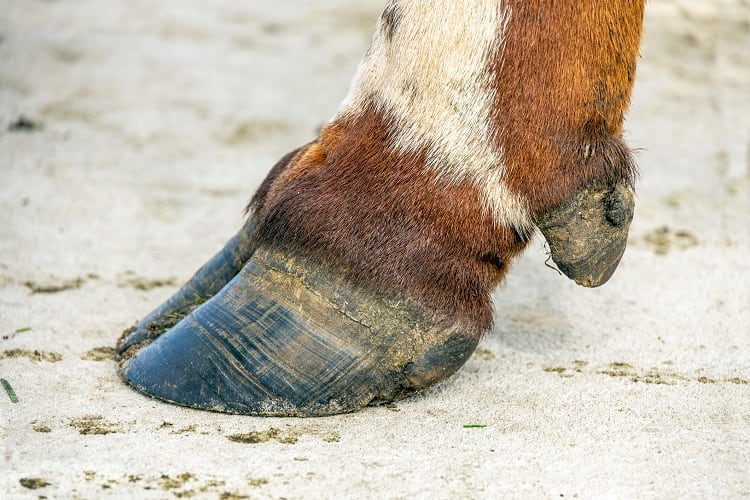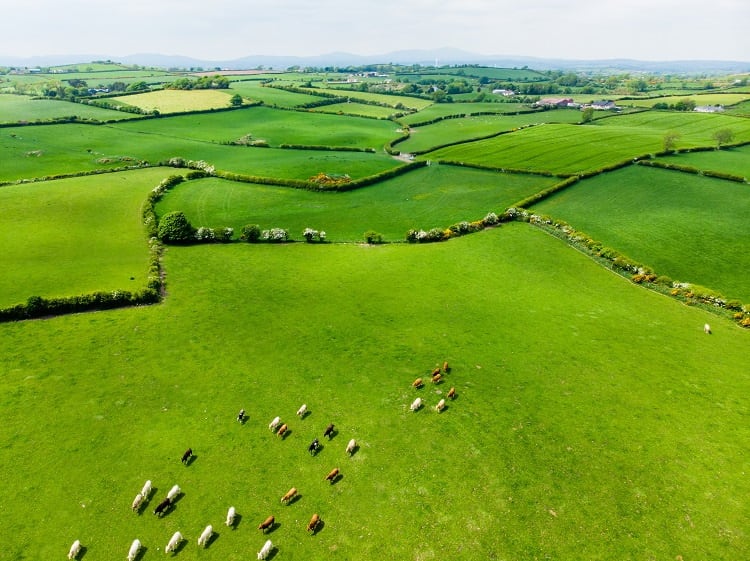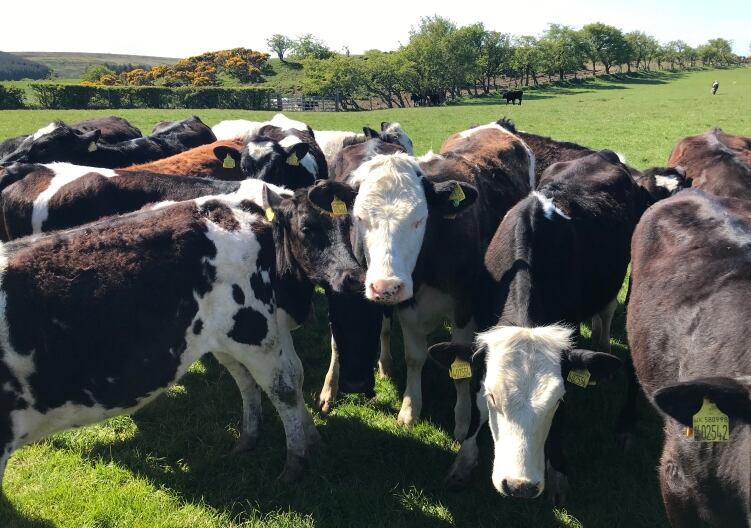An international team of researchers has discovered why bovine digital dermatitis (BDD) – a painful, infectious disease of the hoof that affects cattle globally – impacts some cows in a herd while others appear resistant to it.
BDD is one of the most prevalent diseases that affects dairy cattle globally. The infection impacts animal welfare and is associated with reduced milk yield, mastitis and infertility. Treatment options like topical antibiotics and chemical footbaths can induce bacterial resistances and pollute the environment, while other preventative measures introduced at farms have failed to significantly reduce the disease’s spread.
Scientists from Germany’s Martin Luther University Halle-Wittenberg (MLU) and the University of Göttingen teamed up with researchers from the University of Wisconsin-Madison in the US to conduct a detailed study to examine why some cows - usually from the same herds - would not suffer from BDD while others did. They examined data from 5,040 genotyped animals and discovered that two gene mutations are the likely culprits causing cows to contract the disease.
The findings can be used in cattle breeding programs to breed disease-resistant animals and to develop a pre-screening test. The German system for health trait evaluations in dairy cattle has already implemented the findings, DairyReporter understands.
"This is not the first paper or study presented by us on the genetics of claw diseases in cattle," explained Professor Hermann Swalve of MLU who is among the authors of the study. "Over the past 15 years, we have devoted a great deal of our time to studying the genetics of claw diseases."
“Digital dermatitis is a big issue on dairy farms worldwide,” he continued. “From a small percentage to up to 80% of cows in any herd could be affected. The disease is quite painful for the cows, and only very rarely a farm would not be affected by it.”
All cows considered for the study were from the Holstein breed and were bred across 13 commercial herds in North Eastern Germany. The researchers deployed the M-scoring system to visually-inspect the animals and then used sequence analyses and DNA data to find out why the affected cows were genetically-predisposed to catch the disease.
Two ‘candidate genes’ – CMPK2 and ASB16 – were identified, and further analyses revealed two small gene mutations, which were later proved to influence disease susceptibility.
'A more refined way to go about it'
The research could be crucial for breeding healthier dairy cows in the future – and cattle breeders can take advantage of the data right now.
“The best way to use our findings would be to use genomic selection for claw health traits,” added Professor Swalve. “Our findings...could be directly plugged into any genomic estimation system, if there is one. If there is no system in place, [the data] could be used to avoid the unwanted combinations of gene variants.”
In the UK, Scotland's Rural University College (SRUC) conducts precision livestock farming research, including genetics. Mike Coffee, a professor of livestock informatics and team leader for Animal Breeding & Genomics at SRUC, said of the new study: “This is a piece of work that's been done by a group of scientists who have identified some areas of DNA that may or may not have a bigger effect on lameness, digital dermatitis in this case.
"It's a type of methodology that's generally applied by scientists in an attempt to try and have a greater understanding of the genetic background of the disease. At SRUC, we use genomic breeding values and we use values assigned to individual snips to calculate the breeding values of animals. [The researchers] have gone one step further and have assigned additional weight to particular snips that have been shown to be more associated with digital dermatitis than other snips – a much more refined way to go about it.
“The [study] gives a good insight into the biological basis of why one animal is more resistant to digital dermatitis than another."
Source: Frontiers
'Functional Variants Associated With CMPK2 and in ASB16 Influence Bovine Digital Dermatitis'
Published 27 June 2022
Authors: Diana Oelschlaegel, Monika Wensch-Dorendorf, Grit Kopke, Roswitha Jungnickel, Benno Waurich, Frank Rosner, Dörte Döpfer, Bertram Brenig and Hermann H. Swalve



